So vast it has been dubbed the artificial cryosphere, the global cold chain is booming.
Some 70% of the food we eat in the West is kept chilled or frozen from farm to fork thanks to the cold chain, a complex network of refrigerated warehouses, transport and chillers.
In the UK alone our appetite for cool consumes up to 14% of electricity, costing more than £5bn per year, according to The Carbon Trust.
And that is just the tip of the iceberg. Demand to keep produce cool and cut down food waste is growing ever faster. The Carbon Trust estimates by 2030 the additional power needed for cooling globally could equate to 340 gigawatts, equivalent to three times the current electrical generating capacity of the UK.
Unchecked this growth could spell disaster for the planet. “We need to wake up to cold,” says Toby Peters, CEO of Dearman, to avoid the “ruinous environmental impact” it could cause. Too often overlooked in political energy deliberations, he adds, “cold is an incredibly important, and energy intensive process.”
So where do the environmental threats in the cold chain therefore arise? How is the food and drinks industry addressing the problem? What state-of-the-art solutions are emerging? And what risk does the industry run if it fails to start pushing cold up the agenda?
The obvious villains of the piece are hydrofluorocarbons (HFCs). Developed as replacements for the ozone-depleting chemical compounds commonplace 30 years ago these man-made gases are used as a refrigerant at all stages of the cold chain. Escaped HFCs are now recognised as a major contributor to climate change in their own right, with a GWP (global warming potential) 4,000 times higher than carbon dioxide.
As a result, says the newly formed Global Food Cold Chain Council (GFCCC), the food cold chain is responsible for nearly one third of global emissions.
Regulatory framework to clampdown on use of F-gases has been in force in Europe for nine years. The latest legislation - adopted in 2014, and in force since 1 January 2015 - is the EU F-Gas Regulation. This will restrict the use of HFCs by incrementally cutting down on the amount that it may be used as a refrigerant in new equipment. As a result use is expected to shrink by 79% by 2030 (see box) forcing all commercial users, in both retail and logistics, to switch to equipment using alternative refrigerants.
Intervention hasn’t come a moment too soon either, with HFC emissions currently rising by 15% a year globally, according to Greenpeace.
The impact of this soon adds up. One standard domestic refrigerator, for instance, releases 300g of HFC into the atmosphere each year, equivalent to the carbon emissions from driving a Volkswagen Golf from London to Moscow, according to the campaign group.
Unabated, the gases are therefore expected to account for more than 10% of global greenhouse gas emissions by 2050. With F-gases currently representing just 1% of emissions, that’s a tenfold increase in a little over 30 years.
And that means “the depletion of the ozone layer will continue and the amount of direct and indirect emissions affecting the climate will continue to rise,” says Julia Both, network manager at Refrigerants, Naturally!, one of the industry initiatives seeking to tackle the issue.
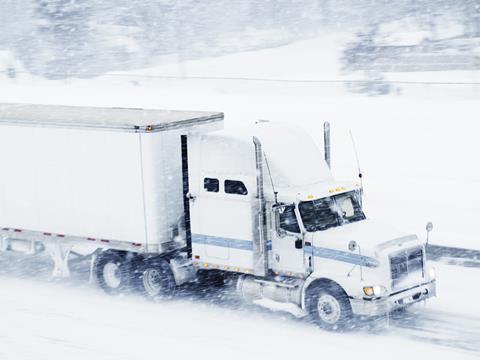
Next to no global warming potential
Founded 10 years ago by Coca-Cola, Unilever and McDonald’s, Refrigerants, Naturally! sets targets for the adoption of sustainable alternatives to HFC technology for its industry members. And it has enjoyed some success, with 3.7 million cooling units using only natural refrigerants placed worldwide by the end of 2014, resulting in 20 million tonnes of CO2 emissions therefore avoided in the past decade.
“There are readily available solutions that use hydrocarbon and CO2 as a refrigerant [instead of HFCs],” Both adds. “Their efficiency is just as high as comparable HFC’s and in many cases even higher. They have none or next to no global warming potential and no ozone depleting substances.”
These alternatives include hydrocarbons such as propane and iso-butane, carbon dioxide, ammonia, water or air. Many of these are fast being adopted by the UK grocery industry. And all have little or no impact upon the climate.
Tesco, for example, pledged in 2013 to double its UK stores using natural refrigeration systems, from 65 to 130 and it’s making solid progress, with a 30% increase in its use of natural refrigerants in 2014, according to the Environmental Investigation Agency. Sainsbury’s has also committed to going HFC-free by 2030, and is nearing the end of a two-year trial of HFC-free refrigerated lorries with technology specialist Carrier Transicold.
It’s not just retailers either. In 2014 Coca-Cola Enterprises delivered on an earlier pledge to purchase and deploy cooling equipment using only natural refrigerants. These should account for half the total number it uses within the next three years.
“HFC-free refrigerants such as hydrocarbon and CO2 are natural, presenting minimal impact to the environment, which has informed our decision making in the equipment and models we use and deploy,” says Chris Childs, associated director of technical solutions at CCE.
However, industry initiatives and regulation to ban HFC’s can only go so far in mitigating the environmental impact of the cold chain, says Peters. And a comprehensive solution will only come from the raft of low or zero carbon cold technologies currently being developed within the UK’s scientific community.
“What we’re advocating is a paradigm shift in technology that addresses all the challenges, rather than one single challenge,” he explains.
This co-ordinated approach - dubbed ‘the Cold Economy’ by the Carbon Trust - could present huge opportunities for UK cold chain suppliers. “The UK has the potential to lead the way in addressing the Cold Economy given the suite of low carbon cold technologies already in development,” said Tom Delay, CEO of the Carbon Trust in its 2015 report The Emerging Cold Economy. “The efficient integration of cold into the wider energy system could greatly reduce carbon emissions and simultaneously create significant economic value.”
In fact, the Trust believes, it could create more than 10,000 UK jobs by 2025, and in excess of 25,000 by 2050 across development, manufacturing and after-sales support. This business potential has already led to a hive of entrepreneurial activity in the Midlands, with funding in place for a £12m Birmingham Centre for Cryogenic Energy Storage.
There, state-of-the-art cooling technologies such as liquid air, and liquid nitrogen fuelled engines are under development (see box).
They aren’t just focused on saving the world, either. Developers say these new technologies could represent significant savings for the grocery industry too.
An engine harnessing liquid air for example could save operators £1,200 per year, per vehicle, says Peters, as well as cooling groceries down twice as fast as a diesel alternative.
“The entrepreneurial technologies we looked at were being developed to be economically attractive, not just with the environment in mind,” explains David Sanders, head of innovation at the Carbon Trust.
And that’s vital, adds Marc Evans, CEO of Sure Chill technology, in order to appeal to UK grocery as “the focus is the bottom line. Retailers are asking how can the technology help us save millions of pounds on our annual electricity bill?” he says.
To develop firm costings for commercial operators will require technology ready for scaled up road testing of course, and currently that seems to be some way off.
This progression is purposefully slow however, explains Peters. “One of the challenges within the green energy space is that there’s been a lot of promise, and then under-delivery,” he says. “A lot of technologies were meant to come through quicker than they have. Look at the penetration of electric vehicles, and hydrogen. We’ve wanted to go slowly to really prove the technology.”
It’s a process that “somehow has to be accelerated” in the UK however, insists Sanders.
“Getting the system operating in trucks here in the UK so you demonstrate a system used by Tesco in one of their trucks, it’s real, it works, it has performance characteristics, that’s what needs to happen,” he adds.
Supreme court
Not least because inaction could risk regulatory intervention beyond the EU HFC phase-out legislation. What form this may take is not yet clear but updates to an EU Directive suggests an upcoming clampdown on toxic emissions from TRU’s could be imminent.
The growing concern of global policymakers has also been made clear with the official formation of the Global Food Cold Chain Council at a UN Climate Summit in late 2014. With representatives from 40 governments, the Council will convene refrigeration manufacturers, food suppliers and logistics providers to push for more energy efficient transportation and the use of refrigerants with a lower GWP.
“It’s about people talking and raising awareness of solutions and technology available to solve different problems,” says Evans.
“If you have these organisations to bring together and disseminate best practice thinking it has to be a big advantage” in addressing the environmental issues at a political, and industry level.
Here in the UK the government is also seeing increasing pressure from the judiciary to act in tackling harmful emissions. A Supreme Court ruling in April ordered it to make clear its plans for tackling the country’s air pollution problem, fuelling rumours that TRU emissions may fall under this remit.
Cold undoubtedly needs to move up the agenda, agrees Peters. “Cold has so far not been part of the debate, not part of our system-level thinking,” he says.
“This is a whole new industry. In the UK we’re actually very good at refrigeration, we’re good at cryogenics, and mechanical engineering, so we’ve got the opportunity to develop this into a new industry we can export to the world.”
Greenhouse gas: the EU’s phase out plans
What: Building on 2006 legislation to ban an earlier group of fluorinated gases, this 2014 amendment looks to ban the use of HFC’s.
When: The 2014 EU fluorinated greenhouse gas (F gas) regulation came into force on 1 January this year
Who: The legislation will affect anyone who manufactures, uses, or services equipment that contains F-gases, including HFCs
How: It will work by phasing out the availability of equipment using hydrofluorocarbons (HFCs) by 79% between 2015 and 2030. Companies will be forced to switch to equipment using alternatives, such as natural refrigerants, or face paying more, as a diminished supply will make cooling with HFC’s more and more costly.
Why: To reduce the impact of gases with a high GWP (global warming potential) on the climate
The cold chain ‘workhorse’: the impact of transport refrigeration units (TRUs)
The UK refrigerated truck fleet is in excess of 84,000, according to Hubbard
Secondary engines in TRU’s (transport refrigeration vehicles) are used to refrigerate the truck’s contents
This ancillary engine consumes up to 40% of the diesel used by the vehicle
In contrast to the main vehicle engine, these cooling engines are largely unregulated and thus subjected to less stringent controls on emissions
The average cooling engine emits 29 times as much particulate matter (PM) and six times as much nitrogen oxide as the larger engine
China and India act
Nowhere is chilling out more than the rapidly industrialising markets of China and India.
Historically, levels of food wastage in both countries have been high. In India, for example, just 4% of fresh produce travels to market through a system of refrigeration compared with 90% in the UK, says NAME AND JOB TITLE Dearman. In China there are believed to be some 66,000 refrigerated vehicles serving a population of 1.3 billion compared with 140,000 in France for its 66 million citizens, says the firm.
That is set to change, however.
A 2014 report by the Institution of Mechanical Engineers estimates investment in India will reach £10bn over the next five years following the establishment of its National Center for Cold-chain Development in 2011. And in China cold storage capacity will likely increase by at least 800%, say management consultants AT Kearney, to keep up with demand.
The cold chain and the humanitarian sector
It isn’t only food that needs to be kept cool. The transport of medical supplies to hospitals and clinics is another major component of the global cold chain. If the temperature of these supplies falls outside the safety zone of 2C to 8C at any point, vaccines can fail, or blood become infected.
Yet a recent study by the World Health Organization showed that out of 57 of the world’s poorest countries, only 29% were meeting minimum standards for temperature control.
In India alone more than two million people die each year from lack of vaccines due to inadequate refrigerated distribution, according to Dearman.
It’s a challenge that international children’s charity Unicef is only too familiar with. “A reliable cold chain is of critical importance in the immunisation supply chain, starting from the manufacturer right up to the point of use,” says Helene Moller, chief of the health and technology unit at Unicef’s Copenhagen supply division.
“It is especially important as some of the new vaccines introduced into national immunisation schedules are very sensitive to temperature fluctuations, and as countries intensify their efforts to reach every child the maintenance of the cold chain will become increasingly important.”
As a result the charity procured £26m in cold chain equipment last year including walk-in cold rooms and freezers for centralised storage, ice-lined refrigerators, and insulated vaccine carriers, part of work to help strengthen immunisation supply chains worldwide.
“When needed, countries can approach Unicef for the procurement of a wide range of cold chain technologies to strengthen their cold chain system,” adds Moller.







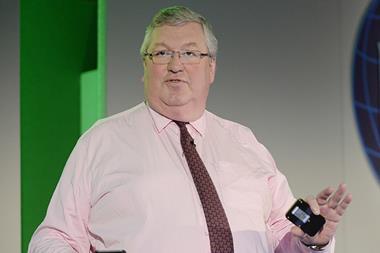
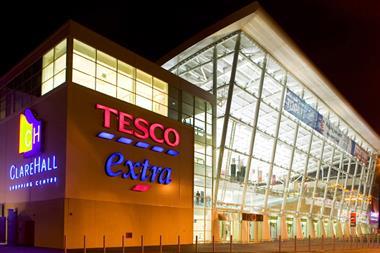
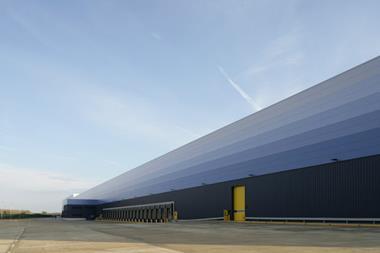
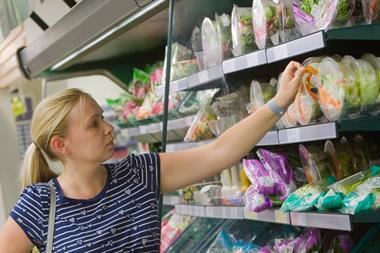
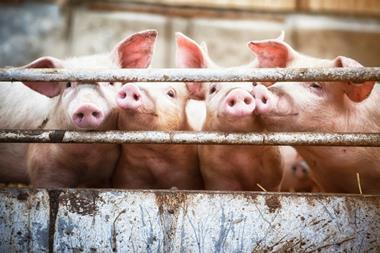
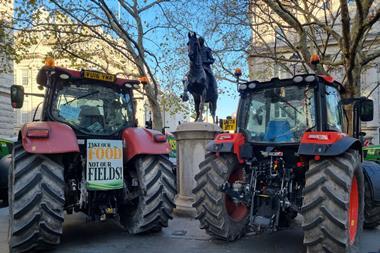

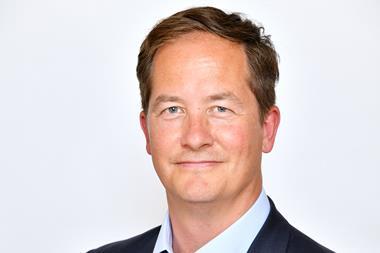
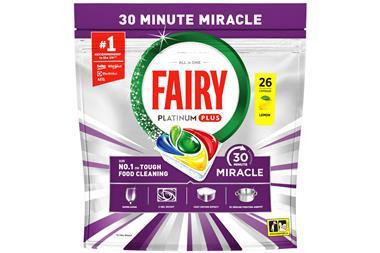
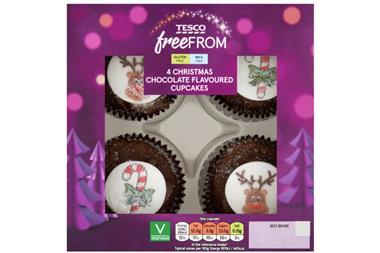


No comments yet